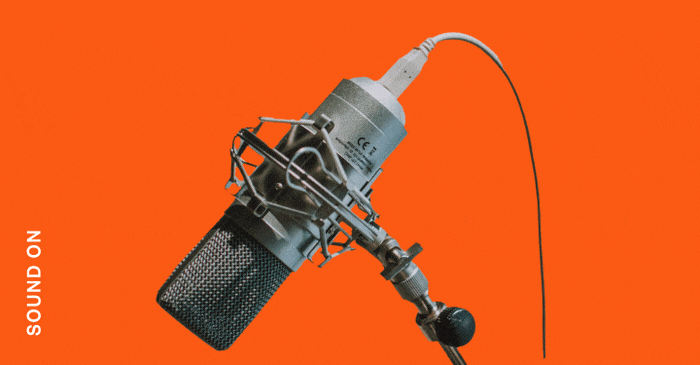We're Living in the Age of the Meme Brand

This article originally appeared in LS:N.
Welcome to kamikaze capitalism, where business rules are inverted, creative destruction becomes destructive creation and brands compete to stand for less.
A cultural movement rebels against the one that came before it. The hippie movement gave way to the glitz and glamour of the 1980s, which gave way to 1990s grunge.
For the past several years, purpose-driven lifestyle brands have been the darlings of brand marketing and consumer culture. Everlane, Sweetgreen and Glossier changed the way we relate to brands. They became badge brands, full-on lifestyles, cultish clubs espousing values as core parts of their corporate identity.
But like many trends, its success carries the seeds of its own destruction. A trend gets its value by being adopted by tastemakers and innovators known for being ahead of the curve. The trend retains value while it remains niche. But when it is adopted by the mainstream, it loses its value. Then, in its place, its antithesis emerges as the new movement.
Now, purpose-driven lifestyle brands are being upended by their antithesis. Here come the Meme Brands.
Post-purpose brands
Liquid Death, Ugly Drinks, Crocs, Vacation suncream and MSCHF are all Meme Brands. Riding a wave of cynicism, they fly in the face of the lifestyle brand movement in a way that is unadorned but refreshingly honest.
Buying from one of these brands isn't saying you align with its values so much as a rejection of brands-as-value-signal. It is a way of not playing the game. Crocs is a rejection of fashion. Liquid Death is a parody of lifestyle drinks brands. When the rules of shopping say 'shop your values', Meme Brands make a mockery of the game by taking it to the extreme. They are absurd but succeed by highlighting the absurdity of the lifestyle brands they are making fun of.
This is the antithesis of purpose-driven brands – transparently purposeless, honest about the lack of any purpose other than selling products. It is farce but everyone can get in on the joke for the price of the product. Buying from a Meme Brand shows you are wiser than the customers of lifestyle brands. It shows that you don’t fall for the aspirational narratives, which were really just capitalism rebranded anyway.
It’s a meme world
Memes demonstrate the absurdity of reality. Meme stocks like the r/Wallstreetbets GameStop rally illustrated how broken the stock market is. Meme coins like Dogecoin – which has a total market value in the region of £28.8bn ($40bn, €33.6bn) – stretch the concept currency to the limit.
Meme politicians succeed specifically because they are unqualified; their success proves a broader point, which is that politics is broken. Meme Brands have arrived with a similar mission. The absurdity of Liquid Death, a parody drinks brand, raising almost £35m ($50m, €41m) confirms the belief held by its customers – that capitalism is broken. There is a whiff of end-times about this era of pop culture. It is the closing sale, an everything-must-go aesthetic.
So, how should brands exist in a meme world?
For brands, this means being even more transparent about transparency. Meme Brands respond to purpose-washing. The aspirational aesthetic is giving way to realness. Paralleling the rise of TikTok and Reels, the polished grids of Instagram have given way to humour, jump-cuts and close-ups. Brands looking to connect to Generation Z should consider rethinking the rules that say your brand is precious, and that the way to building trust is through anything other than radical candour.



